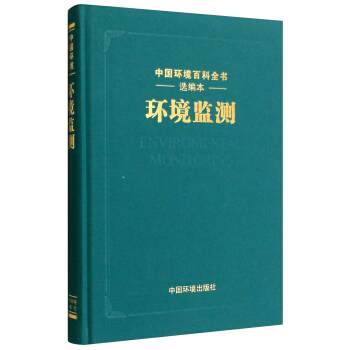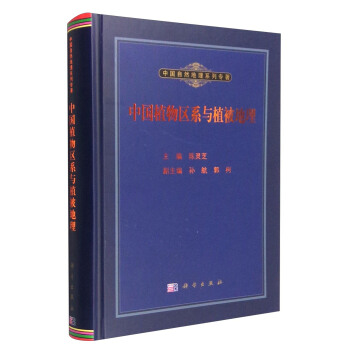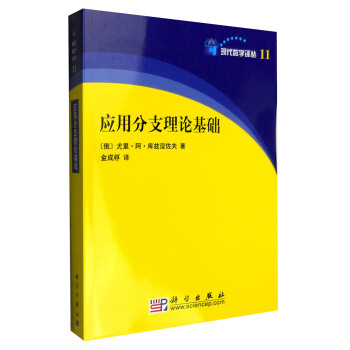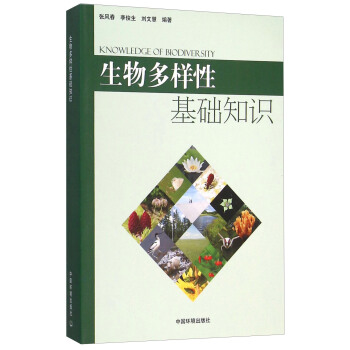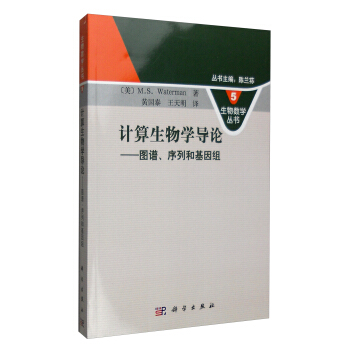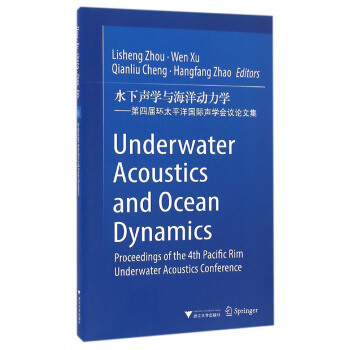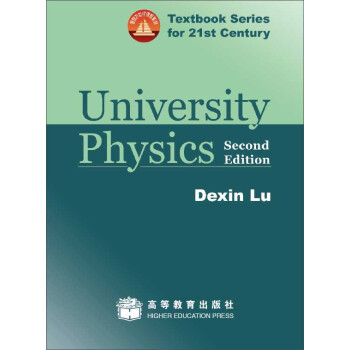

具体描述
内容简介
《Universityphysics》是面向21世纪课程教材,是在原一版的基础上修订而成的,原一版获2002年度优秀教材一等奖。《Universityphysics》是作者多年教改的成果,与国内同类教材相比,《Universityphysics》在内容、体系上均有较大创新。全书包括Accretion AMS Bose-Einstein condensation cold fusion clusters DNA double-helix structure Einstein field equation fractals grand unification helix-coil transition inflationary universe model Ising model jets from star k-space laser light spectrum Mossbauer effect neutrino mass optical pumping quark model quasi-crystal three kinds of redshifts SOC tidal disruption universe models virtual pair W± X ray Yukawa model Z0等内容。《Universityphysics》可作为理科各专业大学物理课程的教材,也可供其他专业和社会读者阅读。作者简介
Prof. Lu has long been engaged in the research of theoretical physics in Nanjing University, Northeastern University in Boston, University of Vermont, and The University of New South Wales in Sydney. His field is statistical physics, especially low dimensional many-body systems. During these ten years he also devoted himself enthusiastically to the education initiative. As Dean of School of Intensive Instruction in Sciences and Arts Nanjing University, he concerns reform of introductory physics course very much. This book is the result of 13 years practice. Besides physics his interests include music, and swimming. He is an amateur photographer and go player.目录
CONTENTSChapter 1 Intoduction
1.1 what is physics
1.2 Physical quantities
1.3 Approximation in physics
1.4 Vectors
1.5 Orthgonal coordinate systems
Problems
References
Part one Mechanics
Chapter 2 Kinematics
2.1 Mechanical motion and moving object
2.2 Translation
2.3 Rotation
2.4 Oscillation
2.5 Phase space
2.6 Galilean transformation
*2.7Coriolis acceleration
Problems
References
Chapter 3 Particle Dynamics
3.1 The law of inertia and inertial frame of reference
3.2 Newton’s second and third laws
3.3 Forces
3.4 Noninertial frame of reference and inertial force
3.5 Momentum and angular momentum
3.6 Mechanical work and energy
Problems
References
Chapter 4 Gravitation
4.1 The law of gravitation
4.2 Gravitational potential energy
4.3 Gravitational mass,redshift,and collapse
4.4 Kepler problem and scattering
4.5 Gravitational field
Problems
References
Chapter 5 Dynamics of Many—Particle System
5.1 The center of mass
5.2 System with variable mass
5.3 Collisions
5.4 F1uid motion
5.5 Symmnetry and conservation laws
Problems
References
Chapter 6 Dynamics of a Rigid Body
6.1 Rotational inertia
6.2 The dynamics of rotation
6.3 Precession of angular momentum
6.4 Equilibrium of rigid bodies and stability
Problems
References
Chapter 7 Oscillations
7.1 Simple harmonic motion
7.2 Coupled oscillation
7.3 Damped oscillation
*7.4 Nonlinear oscillation
7.5 Forced oscillation under friction
Problems
References
Chapter 8 Waves
8.1 Waves and their classification
8.2 Wave equation
8.3 Simple harmonic waves and their superposition
8.4 Interference and diffraction
*8.5Dispersion and wave packet
8.6 The Doppler effect
*8.7Solitary wave
Problems
References
Chapter 9 Relativistic Mechanics
9.1 Galilean transformations
9.2 The Lorentz transsformations
*9.3Space time diagram and twin paradox
9.4 Relativistic kinematics
9.5 Relativistic dynamics
Problems
References
Part Two Thermal Physics
Chapter 10 Temperature
10.1 Equilibrium state
10.2 Thermal equilibrium and temperature
10.3 Empirical temperature scales
10.4 The equation of state
Problems
References
Chapter 11 The First law of Thermodynamics
11.1 Work and internal energy
11.2 Heat and the first law of thermodynamics
11.3 Heat capacity and specific heat
11.4 Free expansion and internal energy of gas
11.5 Adiabatic equation
11.6 The Carnot cycIe
Problelms
References
Chapter 12 The second Law of Thermodynamics
12.1 The second law
12.2 Carnot theorem and thermodynamic scale
12.3 Entropy and entropy principle
12.4 Thermodynamic potentials
*12.5 Relativistic thermodynamics
*12.6 B1ackhole thermodynamics
Problems
References
……
Part Three Electromagnetism
Part Four Fundamental Modern Physics
Appendix
用户评价
这本书简直就像是一场精彩绝伦的物理学探索之旅,让我这个原本对物理感到有些畏惧的读者,也开始沉醉其中,欲罢不能。作者在处理那些复杂而深奥的物理原理时,展现出了非凡的洞察力,总能找到最贴切的比喻和最直观的图解,将原本晦涩难懂的概念,化为眼前清晰的画面。比如,在讲解热力学时,它不仅仅停留在熵增的抽象定义,而是通过描述一杯冰咖啡如何逐渐变暖,或者一个房间的温度如何趋于均匀,来阐释这个普遍存在的自然规律,让人在生活化的场景中体会到物理学的魅力。书中穿插的科学史小故事和物理学家的趣闻轶事,更是为这本厚重的教材增添了不少人文色彩,读起来一点也不枯燥。我特别欣赏它对每一个概念的深入剖析,不会仅仅给出定义和公式,而是会追溯其发展历程,探讨其背后的逻辑,甚至还会提及相关的争议和未解之谜。这种由浅入深、由表及里的讲解方式,不仅帮助我理解了知识本身,更培养了我独立思考和探究问题的能力。它就像一位循循善诱的老师,耐心地引导我一点点剥开物理学的神秘面纱。
评分作为一名物理系的本科生,我可以说,这本书是我学习生涯中不可或缺的伙伴。它所涵盖的知识体系极其庞大而完整,从最基础的运动学、动力学,到光学的衍射、干涉,再到量子力学的波粒二象性、不确定性原理,几乎囊括了大学物理教育的全部范畴。更难得的是,它并没有因为内容的广度而牺牲深度,每一个章节的讲解都相当详实,既有严谨的数学推导,也有直观的物理阐释。我印象最深刻的是它在讲解相对论部分时,那些关于时间膨胀和长度收缩的描述,虽然初听起来匪夷所思,但在作者的引导下,通过一系列思想实验和数学公式的支撑,逐渐变得清晰起来,让我对时间和空间的认识有了颠覆性的改变。而且,这本书的习题设计也非常巧妙,很多题目都具有很强的代表性,能够帮助我们巩固所学知识,同时也能锻炼我们的解题思路和分析能力。我经常会花很长时间去思考和演算那些难题,即使最终没有完全解出,也从中受益匪浅。这本书不仅是教科书,更是一本值得反复研读的参考书,它是我在物理世界里遨游的坚实基石。
评分这本书简直是物理学界的“百科全书”!从经典力学的基础概念,比如牛顿定律、能量守恒,到后面令人着迷的电磁学,比如法拉第定律、麦克斯韦方程组,再到现代物理的量子力学和相对论,它几乎无所不包。我特别喜欢它讲解问题的方式,不是那种枯燥的公式堆砌,而是通过大量的实例和清晰的图示,把抽象的概念变得可视化。例如,在讲到动量守恒时,它会用撞球的碰撞来解释,生动形象;讲到万有引力时,会结合行星运动的轨道来分析。每一个章节后面都配有不同难度的习题,从基础概念巩固到复杂问题的分析,都能找到合适的练习。我尝试过解决一些挑战性的题目,虽然花费了不少时间,但解题的过程本身就是一种学习和提升。这本书的语言也非常严谨,但又不是那种让人生畏的专业术语堆积,而是恰到好处地引导读者一步步深入。对于想要系统学习物理,打下坚实基础的学生来说,这本书绝对是首选。它的厚度确实让人望而生畏,但里面的知识密度和系统性,绝对值回票价。我每天都会抽出一定的时间来阅读,感觉自己的物理思维正在被悄悄地改变和重塑,对宇宙万物的运行规律有了更深层次的理解。
评分这本书给我的感觉,就像是在攀登一座知识的高峰。它提供的不仅仅是攀登的工具和路线图,更重要的是,它赋予了我攀登的勇气和动力。从静止的物体如何运动,到能量如何转化,再到光线如何传播,每一个知识点都被拆解得清晰明了,而且前后联系紧密,形成了一个逻辑严谨的知识体系。作者在讲解物理定律时,总是能够将复杂的数学推导与生动的物理图像巧妙结合,让我即使在面对一些看似晦涩的公式时,也能从中找到其物理意义和应用场景。我特别喜欢书中那些“思考题”和“拓展阅读”的部分,它们常常能引发我更深层次的思考,让我跳出书本的限制,去探索物理学在更广阔领域的应用。例如,在学习电磁感应时,书中会提及发电机和变压器的原理,让我看到这些抽象的物理定律是如何驱动现代科技发展的。这本书的价值,远不止于课堂教学,它更是一种思维方式的启蒙,让我学会用物理学的视角去观察和理解周围的世界。
评分我必须承认,初次翻开这本书时,它的体积的确让我有些吃惊,但随之而来的是一种被知识海洋所包围的兴奋感。作者在构建这本书的逻辑时,显然是经过深思熟虑的。他并没有急于呈现那些令人望而生畏的高等概念,而是循序渐进,从最基本的物理现象入手,一步步引导读者建立起对物理学的直观认识。例如,在讲解牛顿万有引力定律时,他会从苹果落地的故事讲起,然后逐步引入引力场、轨道力学的概念,将抽象的数学公式与我们日常能够观察到的现象紧密联系起来。书中大量精美的插图和表格,更是为理解那些复杂的物理模型提供了极大的便利,我常常会对着图示反复琢磨,直到完全理解其中的原理。这本书的语言风格也相当独特,它在保持科学严谨性的同时,又流露出一种人文关怀,让我在学习枯燥的物理知识时,也能感受到作者的匠心独运。它不仅仅是一本教材,更像是一次与伟大物理学家们的隔空对话,让我得以窥见他们思考世界的方式。
相关图书
本站所有内容均为互联网搜索引擎提供的公开搜索信息,本站不存储任何数据与内容,任何内容与数据均与本站无关,如有需要请联系相关搜索引擎包括但不限于百度,google,bing,sogou 等
© 2025 book.tinynews.org All Rights Reserved. 静思书屋 版权所有

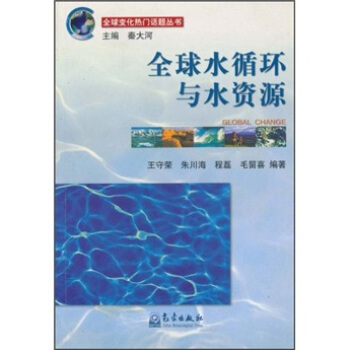
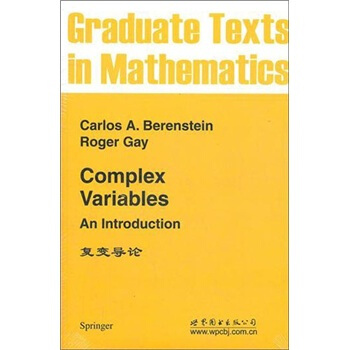
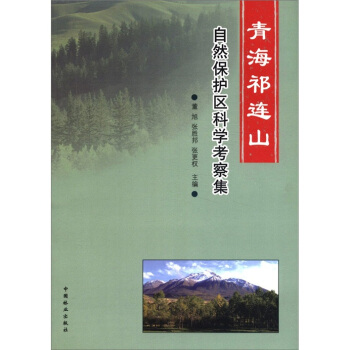
![非线性物理科学:变换群和李代数(英文版) [Nonlinear Physical Science: Transformation Groups and Lie Algebras] pdf epub mobi 电子书 下载](https://pic.tinynews.org/11209037/rBEQWFFkyFYIAAAAAApx27gbjz8AADxpQDuO0sACnHz766.jpg)

![光源技术及应用 [Light Sources:Technologies and Applications] pdf epub mobi 电子书 下载](https://pic.tinynews.org/11404387/rBEhV1MXyKkIAAAAAANvBHe2j-kAAJpEAOWsFoAA28c713.jpg)



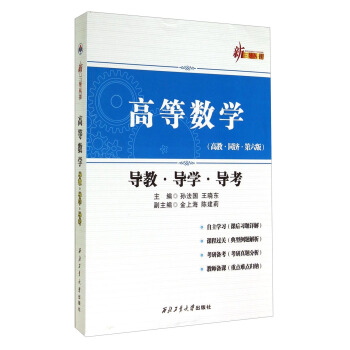
![科技创新辞典 [A Dictionary of Science and Technology Innovation] pdf epub mobi 电子书 下载](https://pic.tinynews.org/11644989/54dbf448N03c37483.jpg)
![运筹与管理科学丛书24:A First Course in Graph Theory(图论基础教程) [A First Course in Graph Theory] pdf epub mobi 电子书 下载](https://pic.tinynews.org/11675096/552e2682N5a91153d.jpg)

